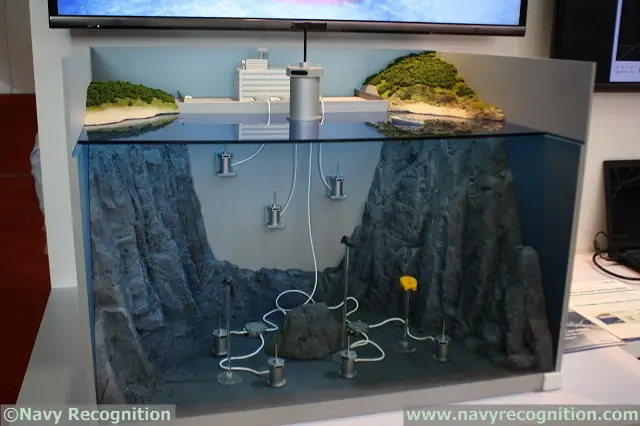Breaking news
At LIMA 2015 Japanese Company NEC Showcased its Harbor Monitoring Network System.
| 2015
 Underwater and surface invasions can be detected early regardless of the weather or time of day. Monitoring by using a combination of sensors improves the detection performance and reduces false alarms. |
|||
The
oceanic sensor system allows end-users to deploy fixed or inserted sensors
under the sea and build a network to obtain high-density information about
the ocean over a long period of time and in a wide area, without concern
for the weather. This information is provided in real time, 24 hours a
day. Features of the oceanic sensor network: » You can replace sensors and customize software to build various types of surveillance and monitoring systems. » The oceanic sensor network is exible, allowing you to build a system that suits your purposes and usage environment, regardless of scale. » The network offers high maintainability and expandability, so that even after you start using it, it can be expanded or reduced, and sensors can be added, modi ed, or replaced. |
|||



























